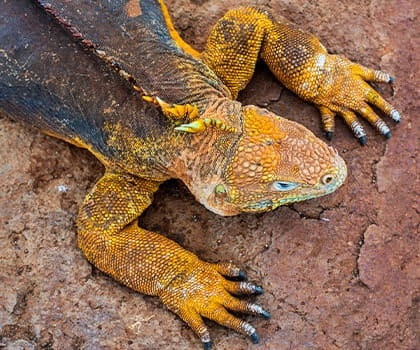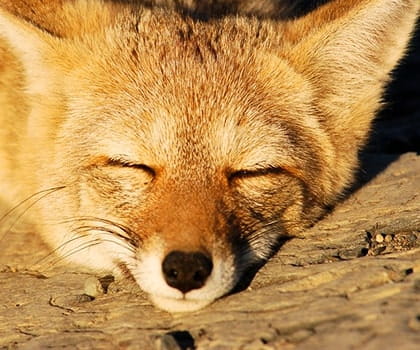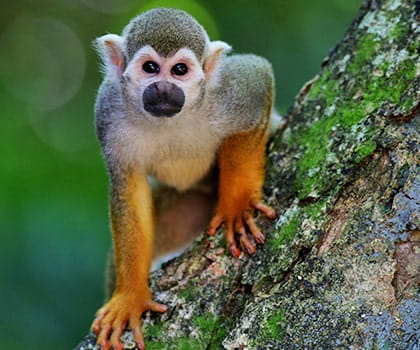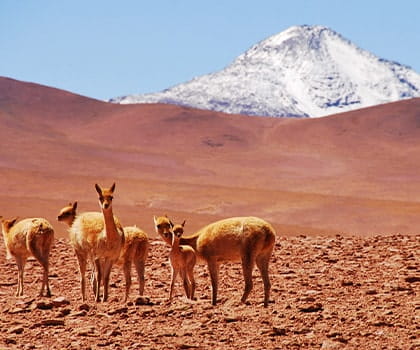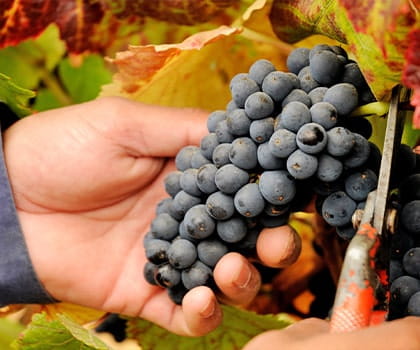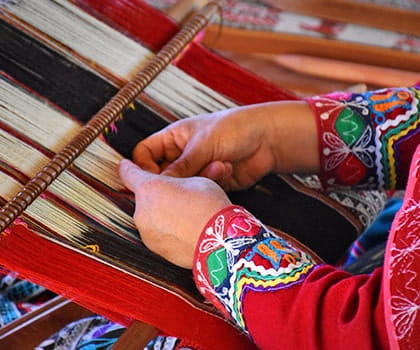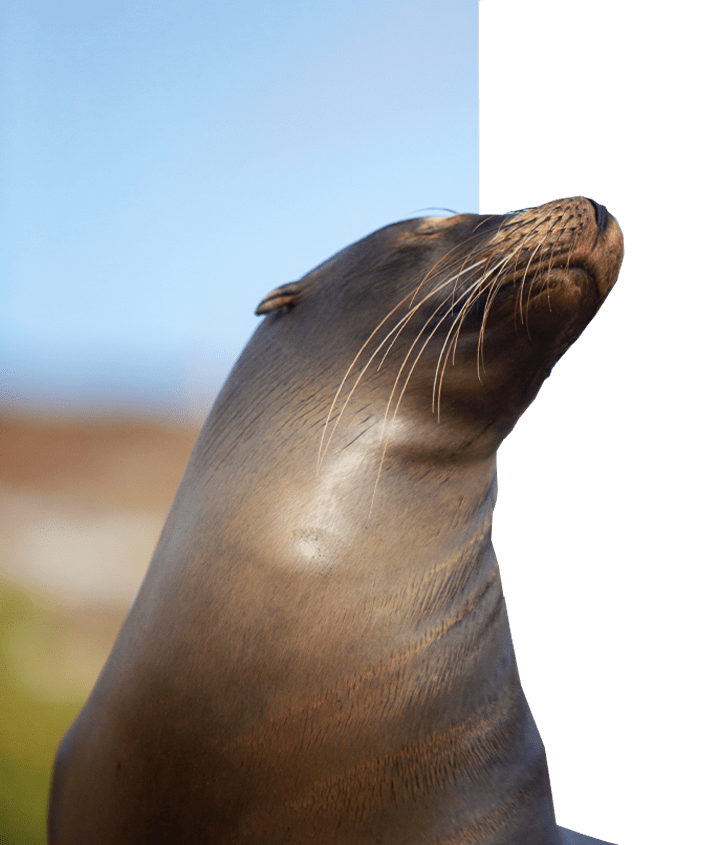
The Galapagos is a true year round destination. There is really no better or worse time to go. In part this is because the Galapagos are right on the equator so that air and water temperatures change very little over the course of a year. In addition, almost all of the Galapagos animals you will see arrived in the Galapagos because they floated in or were blown in and do not migrate. This means species like the Galapagos penguin, flightless cormorant, marine iguana, land iguana, blue footed boobie, Galapagos hawk, fur sea lion, California sea lion and other species spend the entire year in the Galapagos. The waved albatross is one of the few species that migrates and is best seen in spring and summer.
Keep in mind the Galapagos were never settled until recent times mainly due to lack of water, so the Galapagos is a marine desert climate, though lush and wet in the highlands of the larger islands. For a detailed climate and temperature chart, along with more information, visit our Galapagos Weather page to help plan your visit.
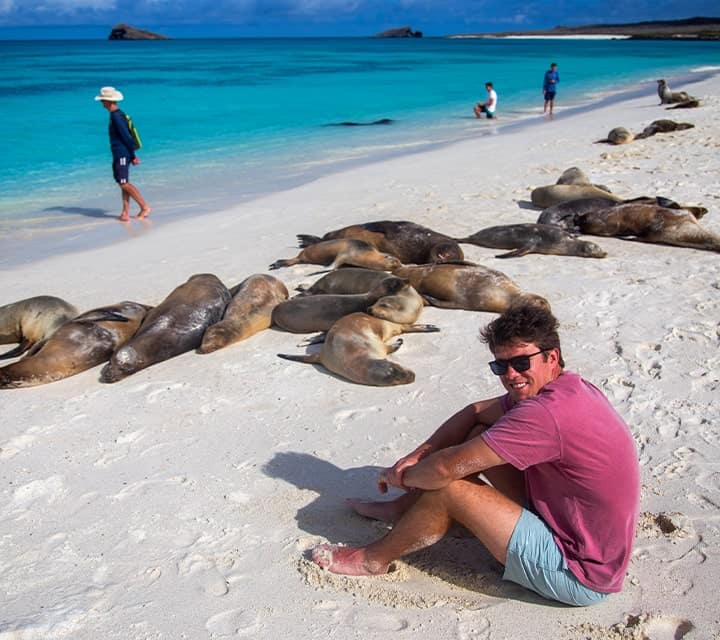
There are basically two seasons in the Galapagos. The garua season starts in June and usually lasts through the fall and sometimes into December. The garua is characterized by a high cloud marine layer that forms over the larger islands in the morning, which typically burns off in the afternoon.
The temperatures are warm enough for you to walk around in shorts and t-shirt most of the time but the cloud cover cuts down somewhat on the intensity of the sun (but you still must wear sun protection). Mornings can be a bit chillier, sometimes calling for a sweatshirt or light fleece jacket. Water temperatures get somewhat colder this time of year, but the average water temperature in the Galapagos only varies by 5 degrees year round. We provide the use of wetsuits which makes being in the water comfortable. Sea life tends to be a bit more active during this time offering lots of encounters with sea lions, sea turtles and even Galapagos penguins waiting for you underwater.
Post by Lesley Murphy.
Toward the end of October and into November and early December the garua season begins to wane. On some days one may encounter a high cloud layer, while on others none at all, and still others blue skies with cumulous clouds.
By December the garua gives way to a season of clear skies. Both air and water temperatures are at their warmest from January through April. April tends to bring brief showers to the coastal areas of the archipelago, enough to feel muggy, but the showers can also turn the otherwise coastal desert environment green. In May skies tend to be clear with slightly cooler temperatures as the seasons once again turn back toward the garua in June.

